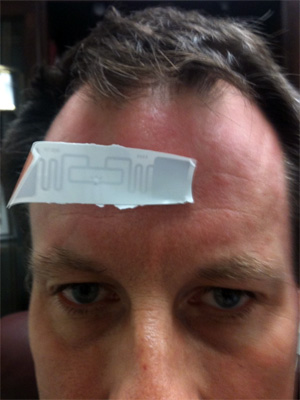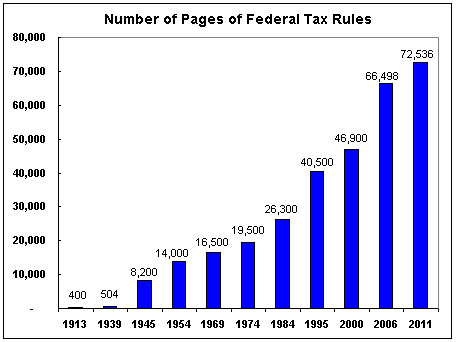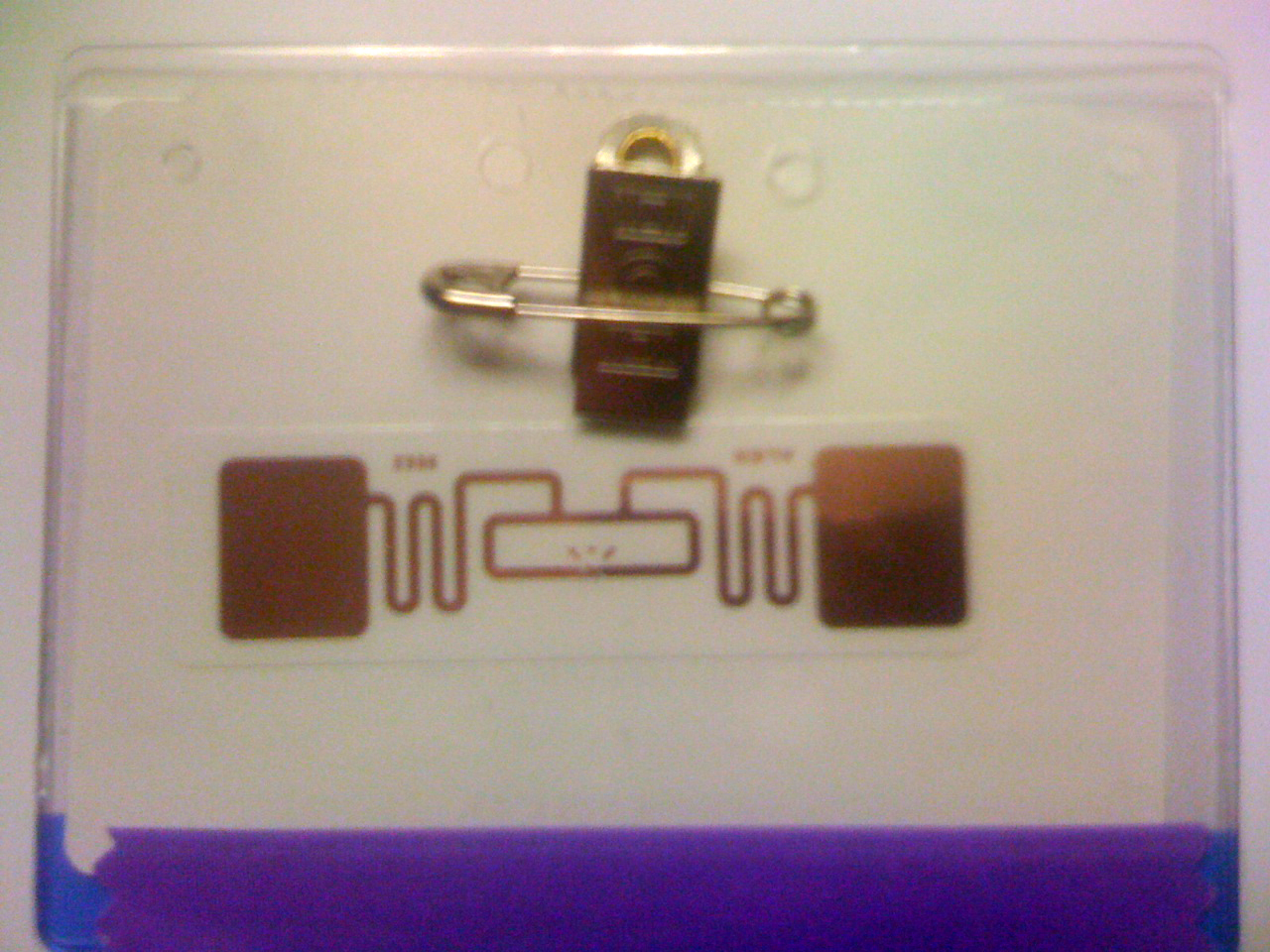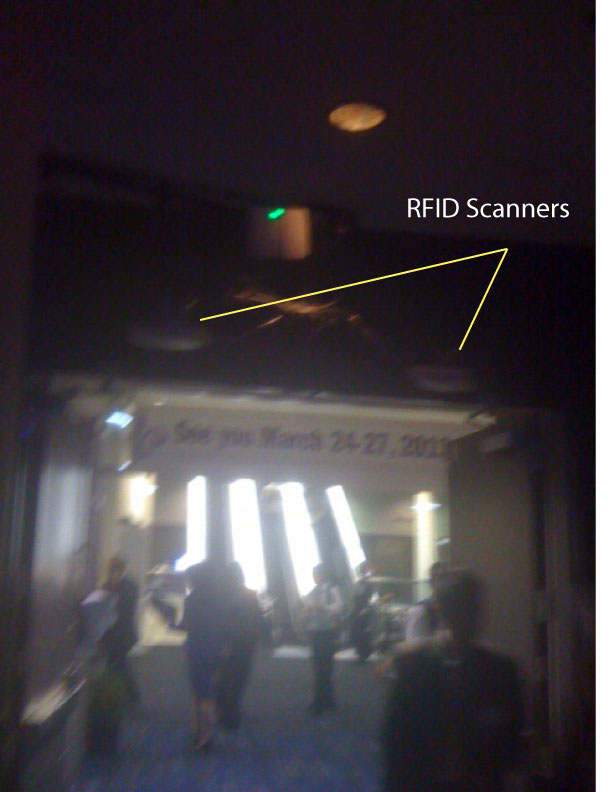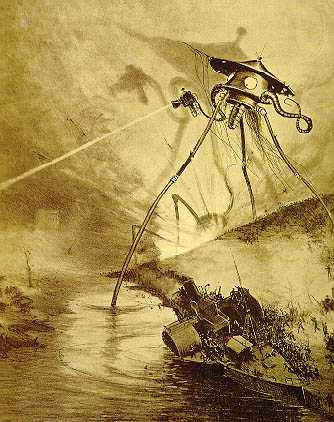It was 11:00 pm when the pager vibrated, then beeped: it was the ER, Hospital #3.
"This is Dr. Fisher returning your page?"
"Thank you Dr. Fisher, just a moment for Dr. Frigamafratz."
A brief pause, then:
"Wes, I think we'll need your services. Old guy, found down at the nursing home, brought in unconscious, pulse 25 - hooked him up to an external pacer, he's back with us now."
"I'm on my way."
When I arrived, there was the usual cacophony of activity in the Emergency Room. Someone screaming in one corner. Intercom sounding. Ambulance en route to our location. Breathing treatments underway in Bay 5. Room 10 headed to the CT scanner. Has room 12 got a bed? By comparison my patient was easy: his disposition in the eyes of the ER staff had been made: he was on the Express Track to the EP lab.
There he was, chest twitching. Big forceful jerking. He was a big guy, uttering something with purpose but impossible to understand. Next to him, his wife, just arriving and removing her coat. "Is he going to be okay?"
My head scrambled for an answer. "He's okay for now," I think I replied.
I went about the business of trying to understand the situation, history, physical exam - at least as much as can be done with one constantly being externally paced and unable to articulate his situation - labs (have they even drawn them?), EKG, chest xray. What do we know about this gentleman? Answers were tough to come by, but slowly I learned about the speech difficulties for the past six months, the difficulty ambulating, the diabetes, the medication that hadn't been changed, "he was fine yesterday."
Stepping back from 50,000 feet, it was clear that he was not "fine." "Fine" is a relative term. "Fine" from an hour ago, a day ago, a year ago might be very different. "Fine" when your 90 means something very different that when you're "fine" at 50. "Fine" for him meant his speech was intact, though incomprehensible, "fine" was his prior stroke but alive, "fine" was bedridden yet impossibly non-communicative, "fine" was dependent on others to help him bathe, feed himself, and clothe himself. All perfectly "fine." At least until he lost consciousness earlier today. Suddenly, he wasn't "fine."
I turned to the stunned wife, thrown into the whirlwind of the Emergency Room amid bright lights, IV lines, medications, blood draws, monitors and strange devices that cause the chest to twitch to maintain a heart beat with her pleading husband's eyes as the backdrop. I explained to both of them that didn't have to continue, that we could keep him comfortable, that if the pads were stopped the jerking would stop and he would likely just pass out, painlessly, otherwise he'd need to undergo urgent implantation of a pacemaker - a minor surgery, mind you, but surgery nonetheless and his long-term prognosis would be impossible to predict.
Out of all of that, I think she heard one word: pacemaker.
This was her husband. How was I going to possibly understand their history together, their memories, their love? How could I spend the time to explain what this might mean in such a circumstance? She didn't know me and I didn't know her. How could I explain my rationale for withholding therapy to these strangers? He was awake, could hear, but could not speak in an understandable fashion. He shrugged his shoulders when asked what he wanted. Did he not understand, or did he not really want it? How could I tell? In contrast, his wife was awake, could speak and be understood, but metaphorically she could not hear. I tried, but the visuals before her were just too dramatic.
"If he has a pacemaker will he twitch like that?"
"No," I said.
"He should get the pacemaker," she said with resolve.
I slept well after his pacemaker was implanted and he was tucked in on the ward later that night. His procedure had corrected his principle problem, his chest no longer twitching. But I felt I had taken the easy road: doing something in medicine is always easier than doing nothing. When you do something, there is defined closure. There is a structure. Sure, there are risks, but we know what to do to prevent them. In contrast, to not do things is complicated, messy, risky, uncertain, constantly worrisome and even more time-consuming.
I lost track of that gentleman after he left the hospital to return to his nursing home. I often wonder what his ultimate fate became, how his days were played. I still wonder if I had really helped him that night – his existence in such a state prolonged. How might I have done things differently?
Yet strangely, even now, I find myself taking comfort in the fact that he's probably doing just "fine."
-Wes
